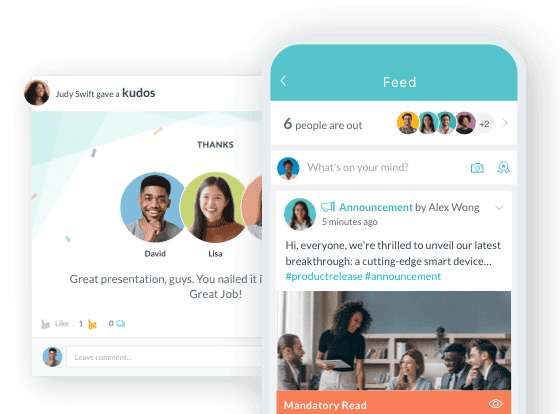5 Strategies for Engaging Government Employees
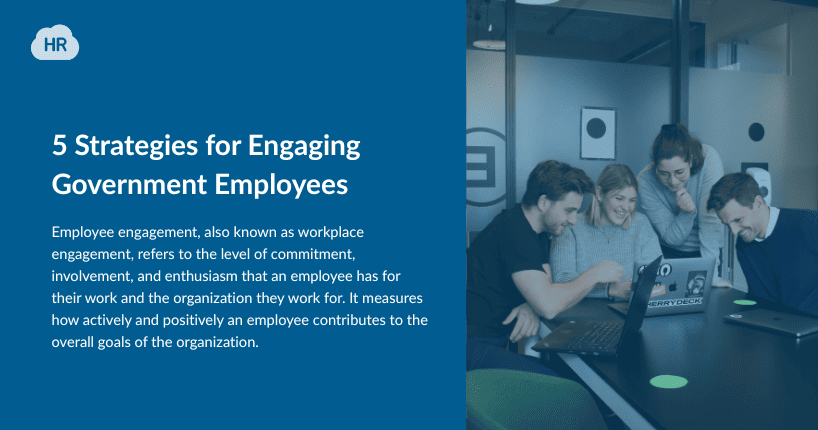
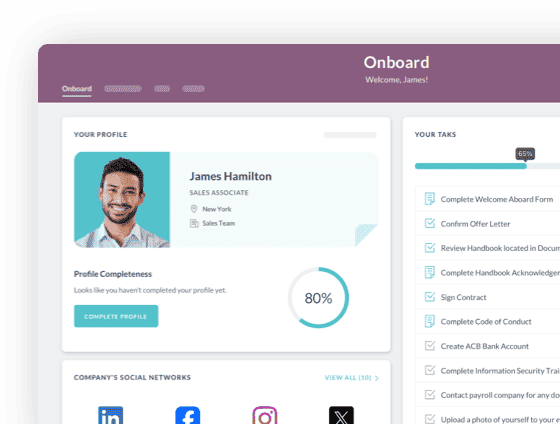
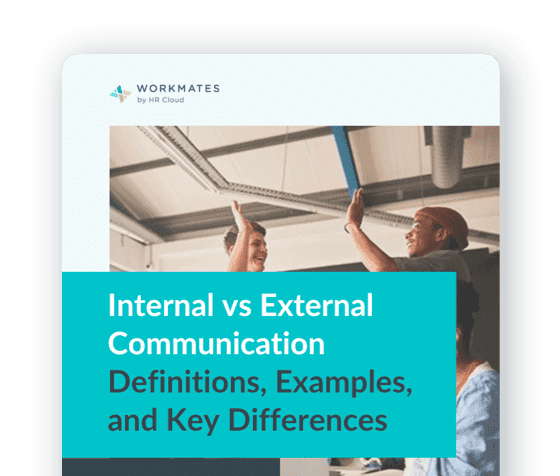
 Cut onboarding time
by 60%—here's the
Ultimate Checklist
that helped do it.
Cut onboarding time
by 60%—here's the
Ultimate Checklist
that helped do it.
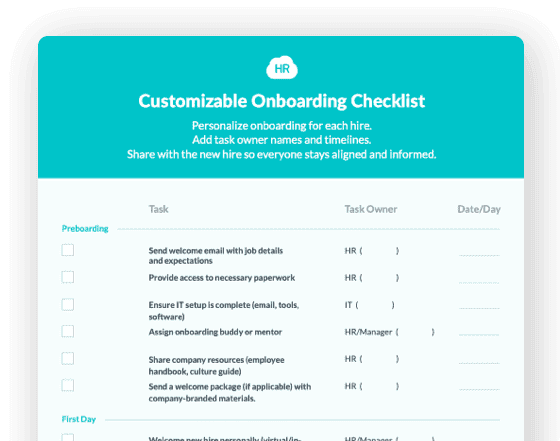
Employee engagement, also known as workplace engagement, refers to the level of commitment, involvement, and enthusiasm that an employee has for their work and the organization they work for. It measures how actively and positively an employee contributes to the overall goals of the organization.
High levels of employee engagement are associated with better performance, higher productivity, and lower levels of absenteeism and turnover. Government organizations that foster a culture of engagement through effective employee engagement activities and programs are often more successful, as engaged employees are more likely to be motivated, focused, and creative, and to exhibit discretionary effort in their work.
Definition of Engagement and Benefits of Engagement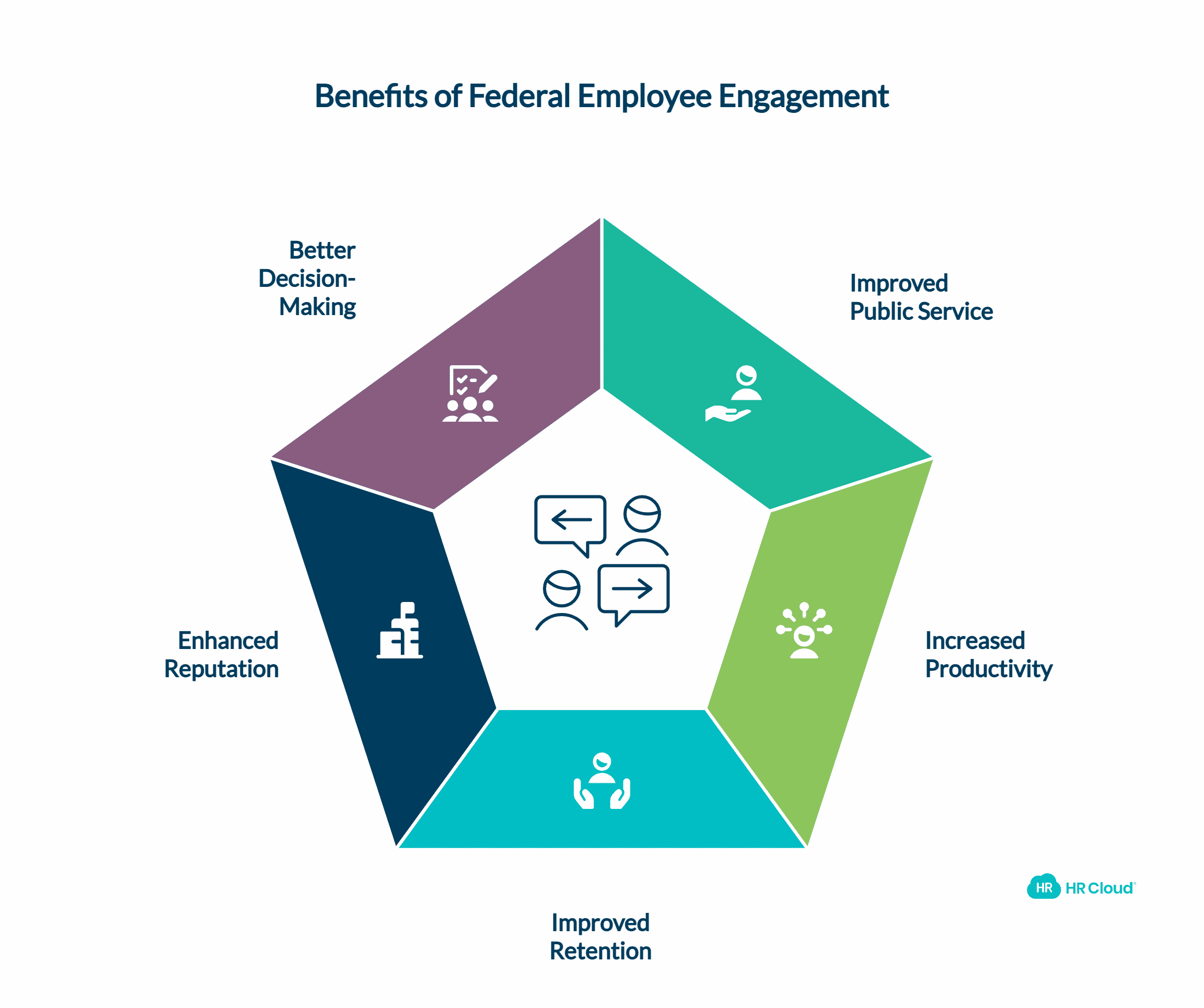
Employee engagement is important in any organization, particularly in the government sector, where employees play a critical role in serving the public. Federal employee engagement is especially important for several reasons:
Improved Public Service
Engaged employees are more motivated and committed to their work, leading to improved public service and a better experience for citizens.
Increased Productivity
Engaged employees are more productive and efficient, helping organizations achieve their goals more effectively.
Improved Retention
Engaged employees are more likely to stay with an organization long-term, reduce employee turnover in your company and associated costs.
Enhanced Reputation
Improving employee engagement can enhance the reputation of a government organization and its ability to attract top talent.
Better Decision-Making
Engaged government employees are more likely to contribute ideas and opinions, leading to better decision-making and innovation within the organization.
Here are five employee engagement strategies that government sectors should implement effectively in 2025 to bring qualitative and quantitative changes in the overall work environment, boosting productivity and organizational effectiveness in various departments.
Strategy 1: Embrace Change 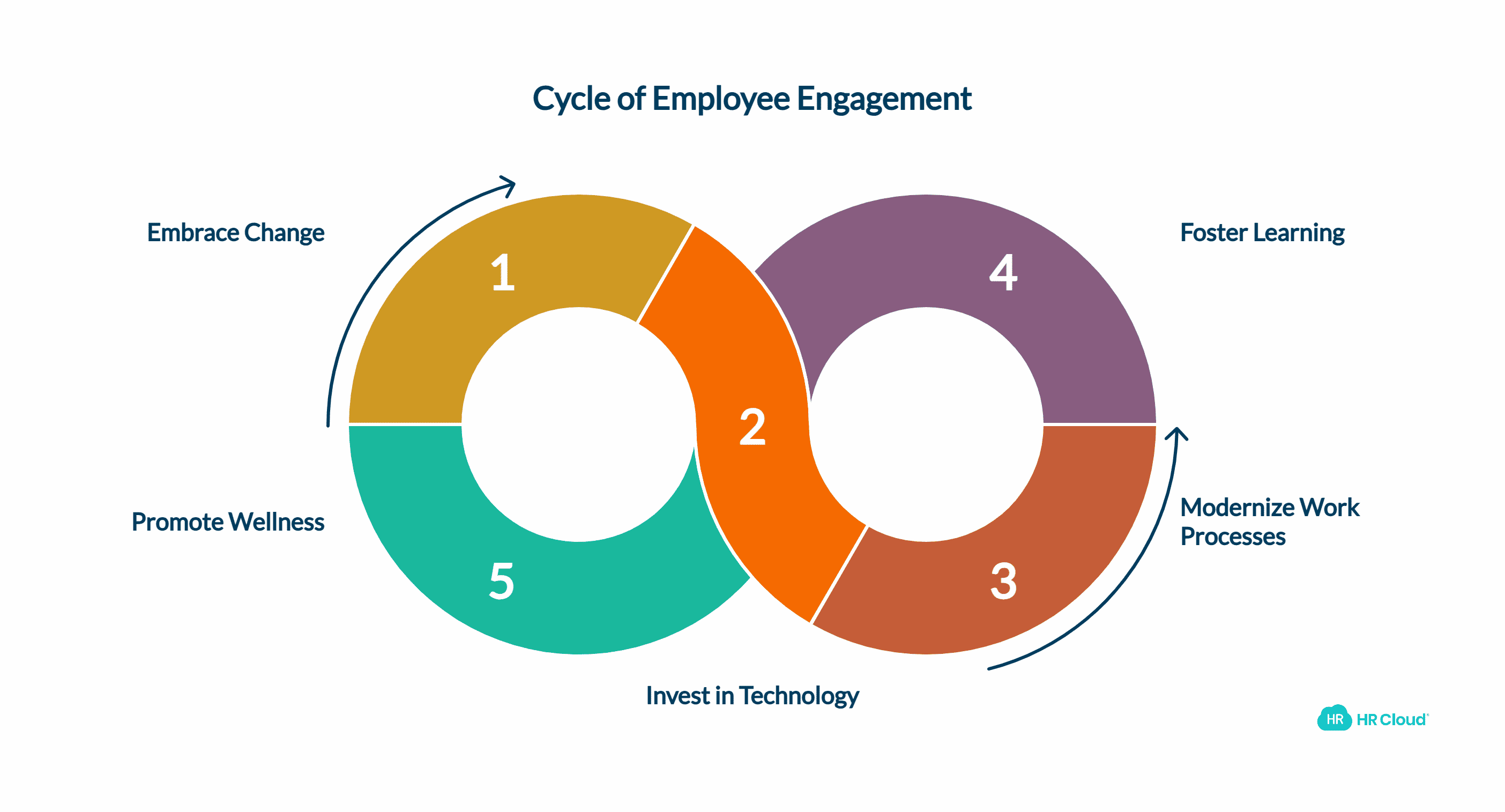
To encourage employees to embrace change and increase employee engagement, involve them in the decision-making process and provide resources and support to adapt to new situations. Communicating the benefits of change and helping employees understand how it aligns with the organization's goals can foster a positive attitude toward change.
Invest in Technology
There are several technologies that companies can invest in to improve and find a solution to employee engagement, such as:
Collaboration Tools
Collaboration tools Platforms like Slack, Microsoft Teams, or Asana help employees stay connected and work together effectively, even remotely, enhancing team engagement.
Virtual Meeting Platforms
Tools like Zoom, Google Meet, or Skype facilitate communication and collaboration among remote employees and teams.
Employee Surveys
Employee survey tools help organizations gather feedback from employees' experiences, informing decisions on how to improve engagement. HR Cloud® now makes it easy to quickly develop and send employee polls and surveys, producing real-time visibility into what’s needed for business success.
Learning and Development Platforms
Providing access to online learning resources and e-learning programs helps employees stay up-to-date on industry trends and improve their skills, leading to increased engagement and productivity.
Wellness and Mental Health Resources
Investing in technologies that promote employee wellness, such as meditation or mindfulness apps, can positively impact employees' well-being and engagement.
Modernize Work Processes
Modernizing work processes has been found helpful in motivating and engaging government employees to take ownership and contribute meaningfully in their roles. Here are several ways to modernize work processes:
Encourage team building and collaboration: Promoting team-building activities and collaboration among employees can help build strong relationships and foster a sense of community within the organization.
Use technology to streamline processes: Implementing project management tools, automation software, and virtual meeting platforms can help streamline work processes and make them more efficient.
Foster continuous learning and development: Providing opportunities for learning and development can help in engaging government employees and keep them motivated in their work.
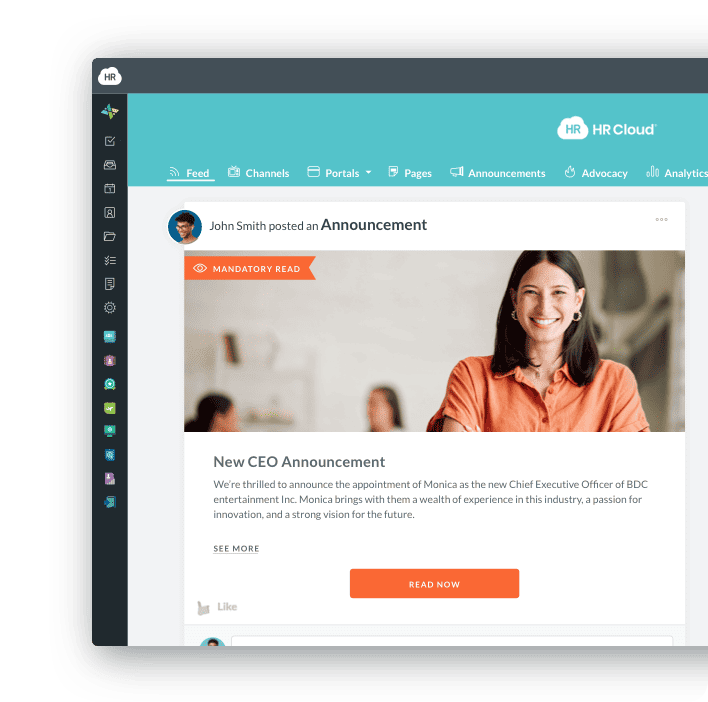
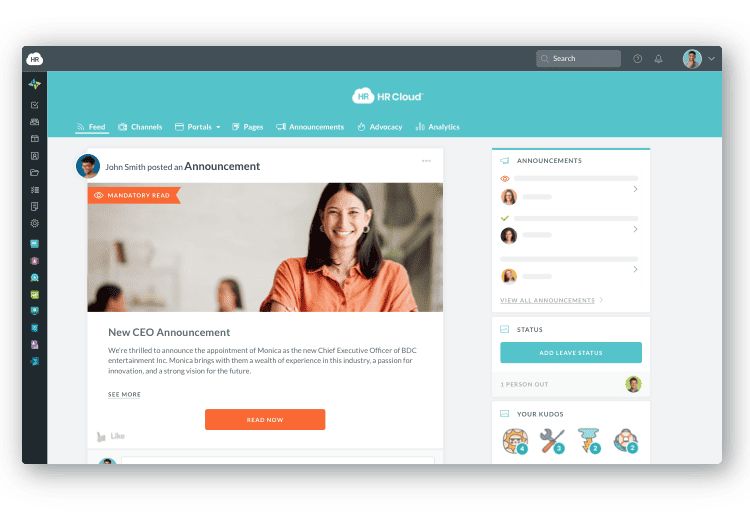
Strategy 2: Establish Clear Communication/ Develop Innovative Ways to Measure Employee Satisfaction
Measuring employee satisfaction in the government sector can help administrations formulate action plans to further improve or enhance employee engagement initiatives. Implementing an effective employee engagement strategy requires clear communication and innovative measurement techniques.
Utilize Digital Platforms
Various digital platforms can be used to measure employee satisfaction and improve staff engagement:
Anonymous Feedback Platforms
Platforms like Blind or Glassdoor allow employees to share thoughts and opinions about their work experience without fear of retribution.
Social Media Monitoring Tools
Social media monitoring tools like Brand24 or Hootsuite can help track and analyze what employees are saying about the organization on social media.
Employee Engagement Apps
Employee engagement apps allow organizations to track employee satisfaction and engagement through regular pulse surveys or longer-term assessments. HR Cloud®’s mobile employee app gives fast, easy access to the same experience employees expect in the office, making work that much better.
Encourage Open Dialogue
Creating a free and transparent environment in a government organization can be achieved through a combination of strategies:
Encourage Open and Honest Communication
Create an environment where employees feel comfortable sharing thoughts and ideas, making it clear that their feedback is valued.
Establish Regular Communication Channels
This could include weekly or monthly meetings, one-on-one check-ins, or using collaboration tools such as internal communication software to keep employees informed and connected. HR Cloud Workmates platform enables a community approach to team communication and collaboration so that the associates are more connected to both the company and each other. Our customizable group channels and collaboration tools transform teams into true communities focused on the same goals and objectives.
Use a variety of Methods to Gather Feedback
In addition to traditional methods like surveys and focus groups, consider using innovative methods like employee suggestion boxes, anonymous feedback platforms, or pulse surveys to gather insights from employees.
Strategy 3: Utilize Data 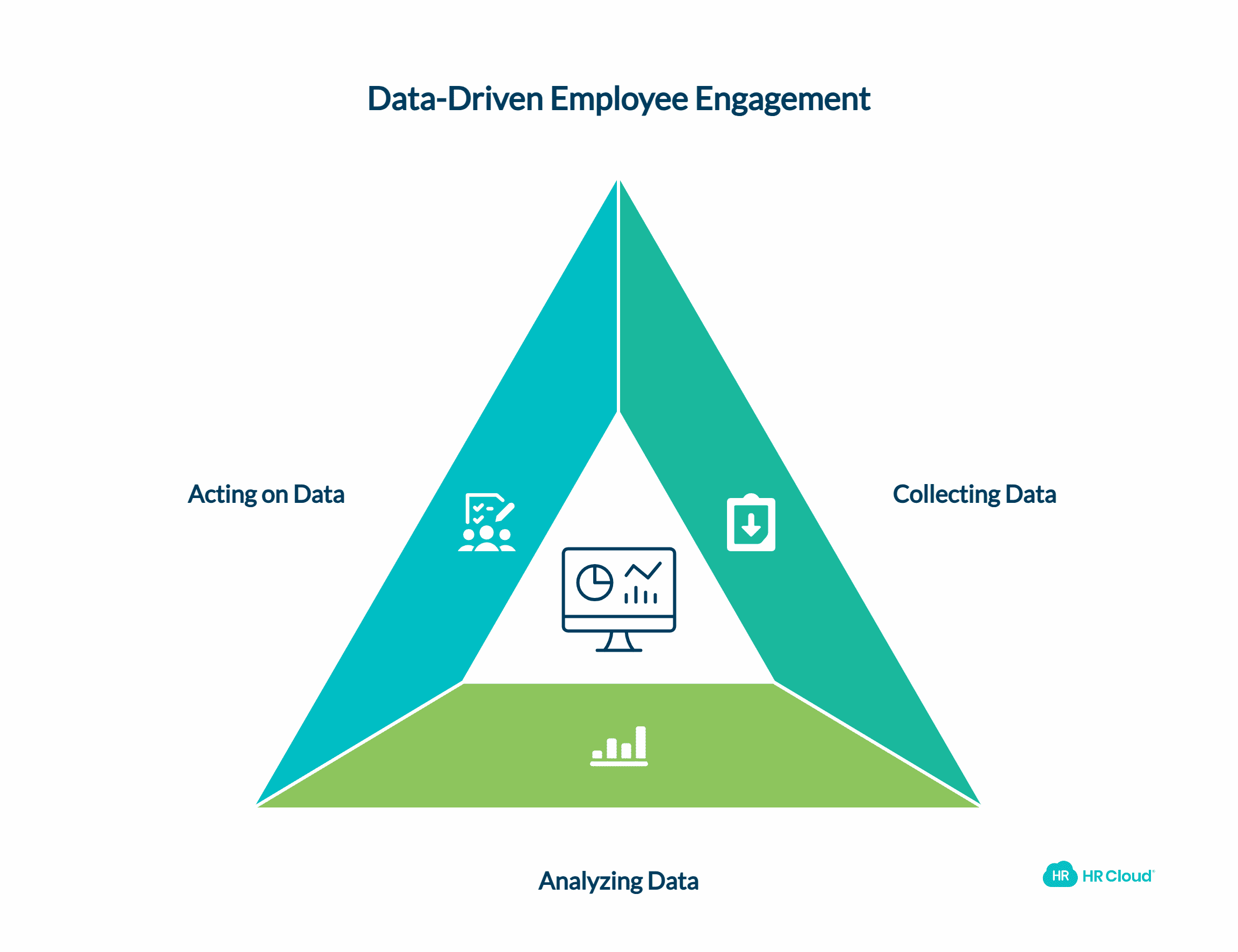
Utilizing data can be a powerful tool for improving and engaging government employees. Data is crucial for gauging employee satisfaction, engagement, and performance.
Collect Relevant Data
By collecting and analyzing data about employee satisfaction, productivity, and retention, organizations can identify areas for improvement to better support and engage government employees. Tracking key metrics over time allows organizations to monitor progress and make adjustments to ensure that engagement efforts have the desired impact.
Analyze and Act on Data
Using data to understand the specific needs and preferences of individual employees or groups can help organizations develop targeted interventions that are more likely to be effective in improving employee engagement. Sharing data with employees about the impact of engagement initiatives can help them feel that their efforts are making a difference and that their contributions are valued. Employee engagement research and measurement techniques can provide valuable insights for developing effective strategies.
Strategy 4: Foster Inclusivity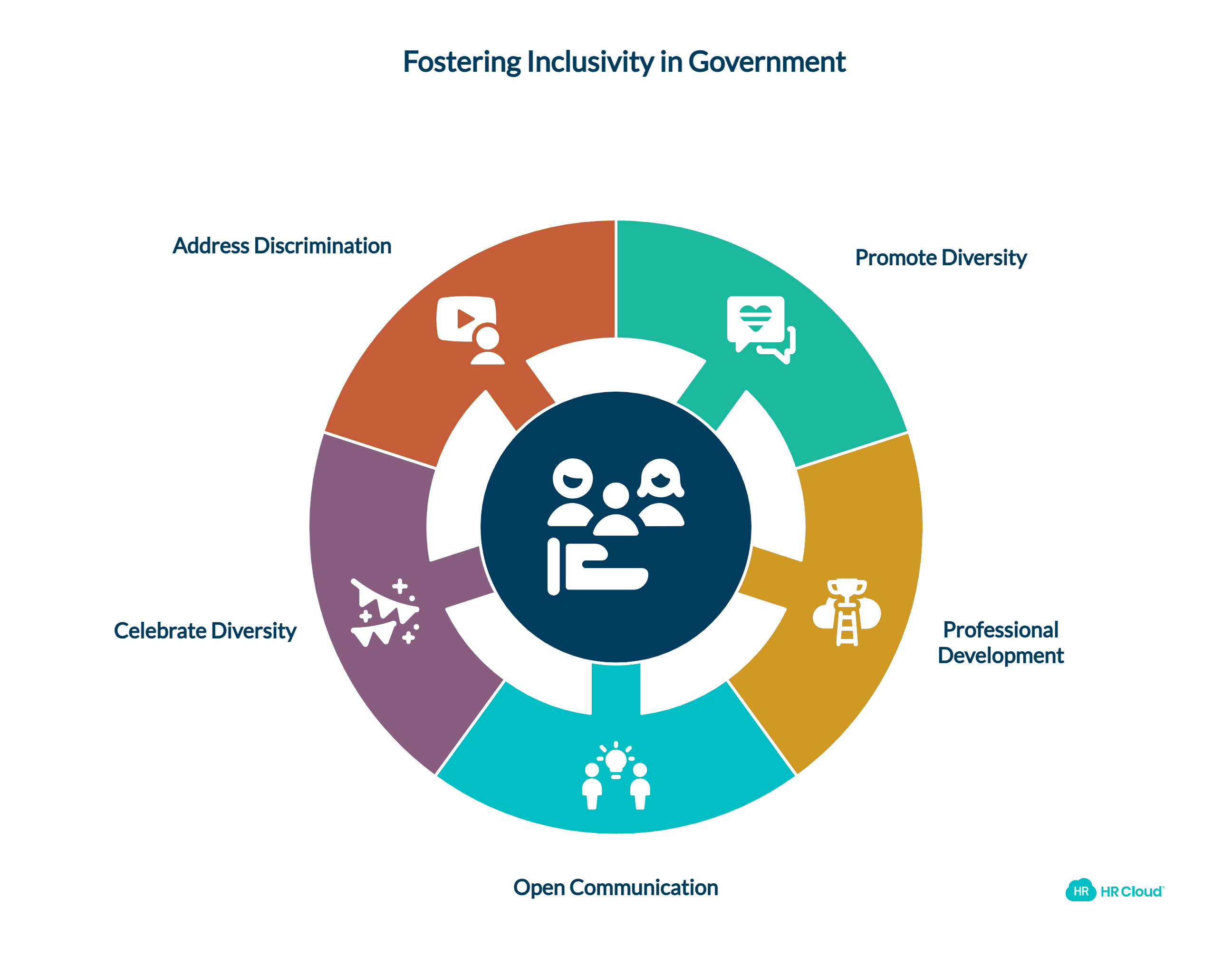
Fostering inclusivity can be an effective way to improve employee engagement in the government sector. Here are a few ways that government organizations can foster inclusivity and address different employee engagement levels:
Promote Diversity and Inclusion
Encourage implementing a DEI strategy in the hiring process and create a welcoming and inclusive work environment for all employees.
Provide Opportunities for Professional Development
Offer opportunities for professional development and advancement to employees from diverse backgrounds.
Encourage Open Communication
Foster an environment where employees feel comfortable sharing thoughts and ideas, regardless of their background or position within the organization.
Celebrate Diversity
Find ways to celebrate the diverse backgrounds and experiences of your employees and recognize the value that this diversity brings to the organization.
Address Discrimination and Bias
Take a proactive approach to addressing discrimination and bias within the organization and establish clear policies and procedures for addressing these issues.
Strategy 5: Offer Opportunities for Development and Provide Training Opportunities
Provide Professional Development and Opportunities for Growth
Providing professional development and growth opportunities can be an effective way to improve employee engagement in the government sector. Here are a few ways that organizations can provide these opportunities:
Offer Training and Development Programs
Provide employees with opportunities to learn new skills and advance their careers through training and development programs.
Encourage Continuous Learning
Foster a culture of continuous learning by providing access to online resources, such as webinars or e-learning programs, that allow employees to stay up-to-date on industry trends and improve their skills.
Offer Leadership Development Programs
Provide leadership development programs to help employees develop the skills and knowledge needed to take on leadership roles within the organization.
Encourage Professional Growth
Encourage employees to take on new challenges and responsibilities and provide support and resources to help them succeed.
Identify Potential Mentors
Identify employees within the organization who have the skills and experience to serve as mentors and are interested in participating in a mentorship program.
Match Mentors with Mentees
Pair mentors with mentees who are seeking guidance and support in their careers. Consider factors such as career goals, work styles, and personalities when making matches.
Establish Clear Goals and Expectations
Clearly define the goals and expectations for the mentorship program, including the frequency and duration of meetings, the types of support that mentors will provide, and any reporting or evaluation requirements.
Provide Support and Resources
Offer resources and support to help mentors and mentees get the most out of the mentorship relationship, such as training on effective mentorship practices or access to online resources.
Monitor and Evaluate the Program
Regularly monitor and evaluate the program to ensure that it is meeting the needs of both mentors and mentees and making a positive impact on employee engagement.
There are many factors that can contribute to engaging government employees in 2023, including the work itself, the work environment, relationships with colleagues and leaders, and opportunities for learning and growth within the organization. Employers in the government sector can work on increasing employee engagement by providing meaningful work, clear expectations, support and resources, opportunities for growth and development, and a positive and inclusive work culture. By implementing a comprehensive workplace engagement program that incorporates these strategies and regularly assessing employee engagement metrics and scales, government organizations can create a more engaged and productive workforce.
Author Bio:
This article is written by a marketing team member at HR Cloud. HR Cloud is a leading provider of proven HR solutions, including recruiting, onboarding, employee communications & engagement, and rewards & recognition. Our user-friendly software increases employee productivity, delivers time and cost savings, and minimizes compliance risk.
Keep Reading
Embracing Diversity: Recognizing Different Cultures in the Workplace
Workplaces today reflect the incredible diversity of the world around us. People bring
Employee Engagement Intranet Tools: A Practical Buyer's Guide for 2025
"We improved our communication effectiveness by 40% within the first 90 days of
Best Digital HR Solutions for Workforce Engagement in 2025: Complete Buyer's Guide
Modern workforce engagement software isn't just about surveys and recognition. It's about
Like What You Hear?
We'd love to chat with you more about how HR Cloud® can support your business's HR needs. Book Your Free Demo

Build a Culture of Recognition. Boost Engagement. Guaranteed.
Workmates empowers employees to stay informed, connected, and appreciated—whether they’re on the front line, in the office, or remote. Recognition drives 12x higher engagement.Trusted by industry leaders in every sector




Cut Onboarding Costs by 60%.
Take the confusion and follow-ups out of onboarding with automated workflows, digital forms, and structured portals—so new hires ramp faster 3X quicker.Trusted by industry leaders in every sector




